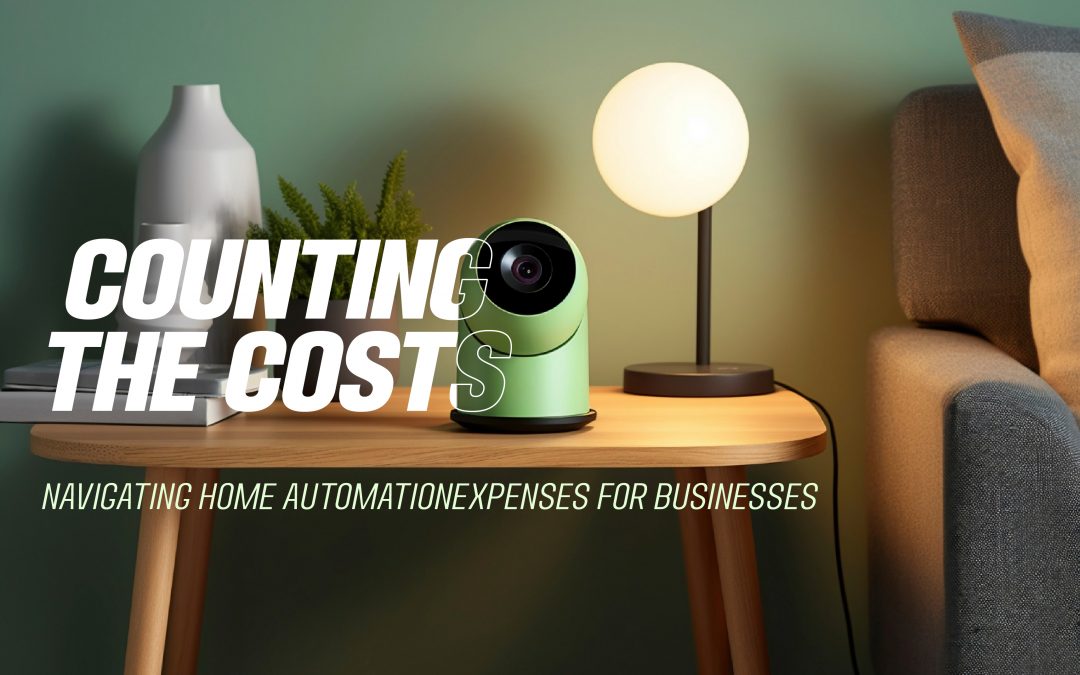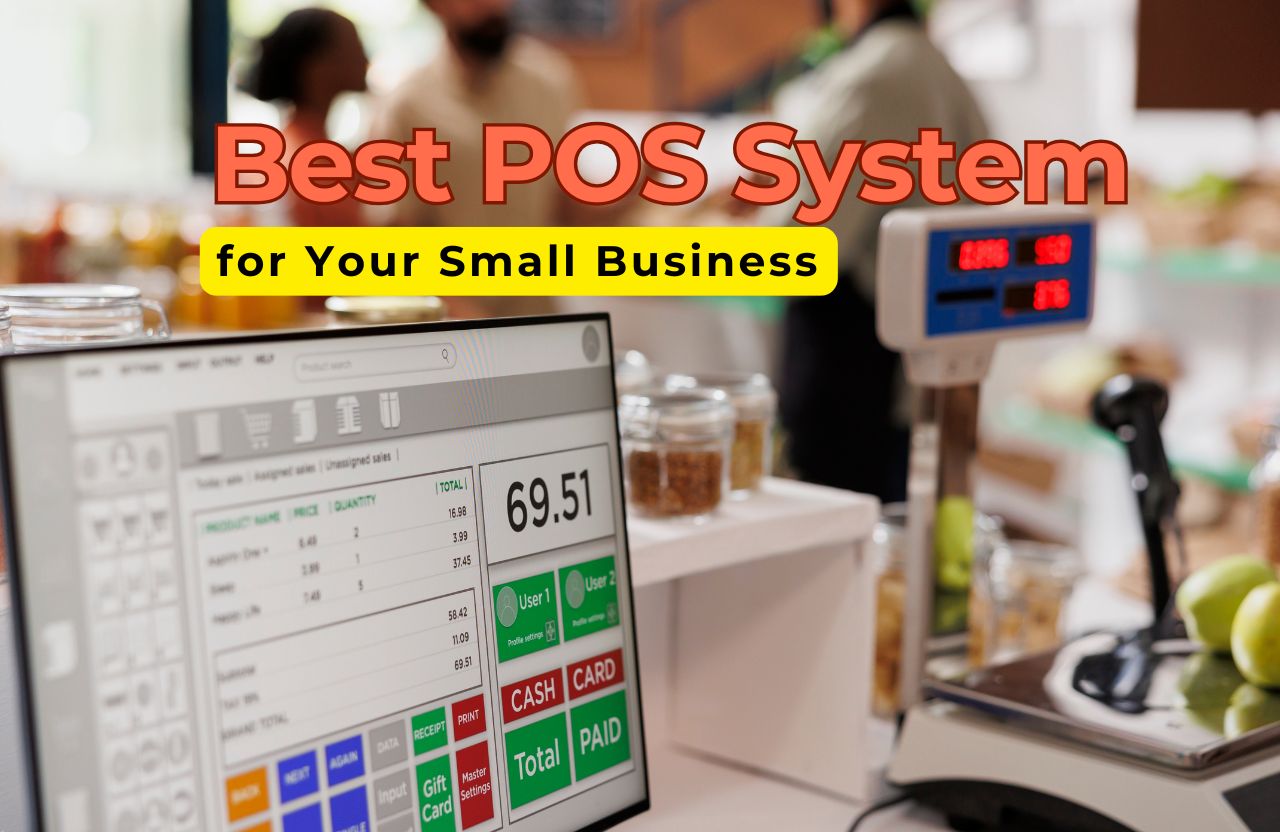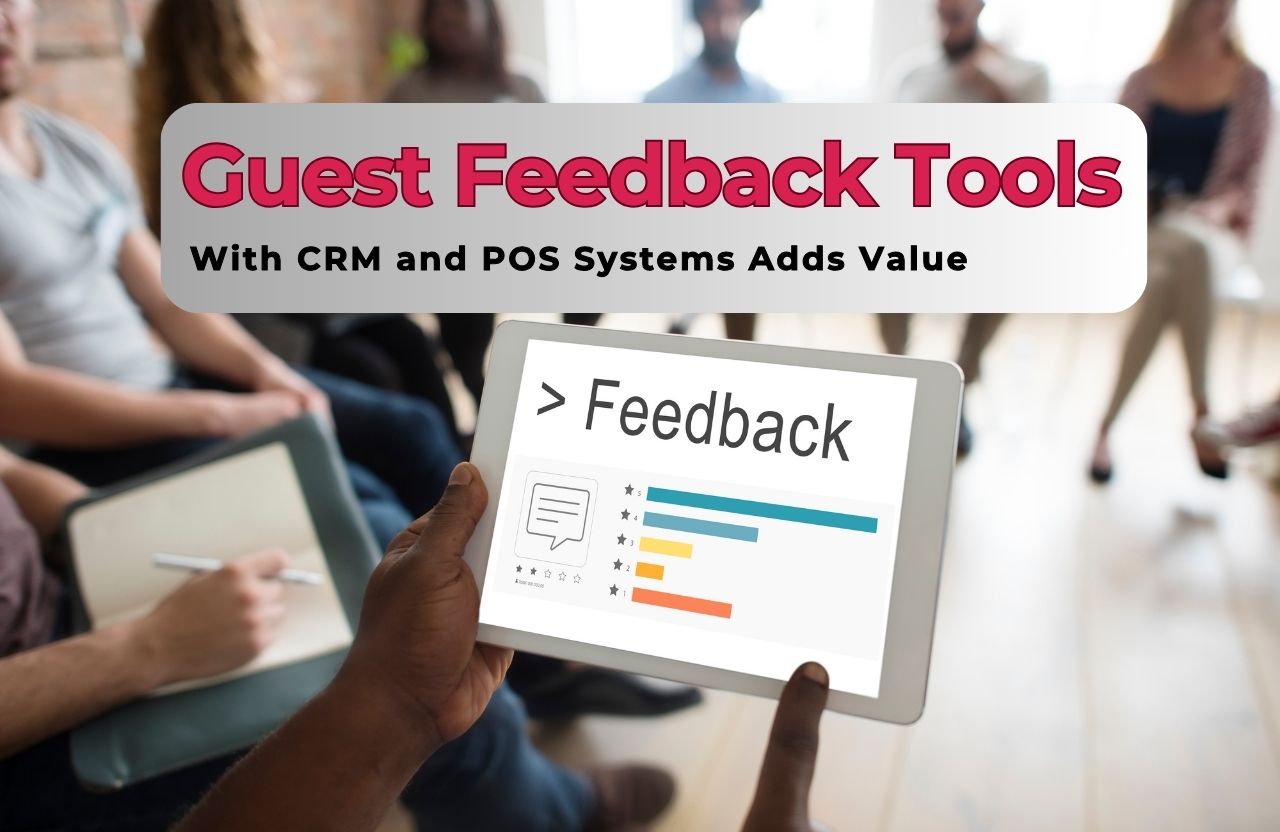In an era where technological advancements are reshaping the business landscape, home automation, including Google home automation, has emerged as a game-changer for businesses seeking to enhance efficiency, productivity, and convenience. From controlling lighting and temperature to monitoring security, home automation offers a plethora of benefits. However, before diving into the world of smart technology, it’s essential for businesses to understand the costs involved, including home automation costs, and how to navigate them effectively.
Understanding Home Automation
In this chapter, we’ll delve into the fundamentals of home automation, exploring what it entails and how it works. We’ll discuss the various components of a home automation system, including smart devices, sensors, controllers, and connectivity protocols. By understanding the basics of home automation, businesses can grasp the potential impact it can have on their operations.
Benefits of Home Automation for Businesses
Next, we’ll explore the myriad benefits that home automation can offer businesses. From increased efficiency and cost savings to enhanced security and productivity, there are numerous advantages to implementing smart technology in the workplace. We’ll delve into real-world examples and case studies to illustrate the tangible benefits that businesses can expect from home automation.
Evaluating the Costs
In this chapter, we’ll dissect the various costs associated with home automation for businesses. From hardware and installation expenses to ongoing maintenance and support costs, there are several factors to consider when budgeting for a home automation system. We’ll provide insights into how businesses can accurately assess the costs involved and develop a comprehensive budgeting strategy.
Cost Components of Home Automation
Here, we’ll break down the different cost components of home automation systems. We’ll discuss the upfront costs of purchasing hardware and equipment, as well as the installation fees for professional setup. Additionally, we’ll explore ongoing costs such as software subscriptions, maintenance, and technical support. By understanding the various cost components, businesses can make informed decisions about their home automation investments.
Calculating Return on Investment (ROI)
ROI is a critical factor to consider when evaluating any business investment, and home automation is no exception. In this chapter, we’ll explore how businesses can calculate the ROI of implementing a home automation system. We’ll discuss the potential cost savings, productivity gains, and revenue opportunities that can result from smart technology adoption. By conducting a thorough ROI analysis, businesses can determine the long-term value of their home automation investments.
Case Studies and Success Stories
To provide real-world context, we’ll showcase several case studies and success stories of businesses that have successfully implemented home automation systems. From small startups to multinational corporations, these examples will highlight the diverse applications and benefits of smart technology in various industries. By learning from these case studies, businesses can gain valuable insights into how home automation can drive success and innovation.
Overcoming Challenges and Pitfalls
While home automation offers numerous benefits, it’s not without its challenges. In this chapter, we’ll discuss common pitfalls that businesses may encounter when implementing a home automation system and how to overcome them. Whether it’s compatibility issues, security concerns, or user adoption challenges, we’ll provide practical strategies for navigating potential obstacles and ensuring a successful implementation.
Conclusion
In the final chapter, we’ll summarize the key insights and takeaways from our exploration of home automation expenses for businesses. We’ll reiterate the importance of understanding the costs involved, evaluating ROI, and developing a comprehensive budgeting strategy. By carefully navigating the costs of home automation, businesses can harness the power of smart technology to drive efficiency, innovation, and growth in the digital age.













